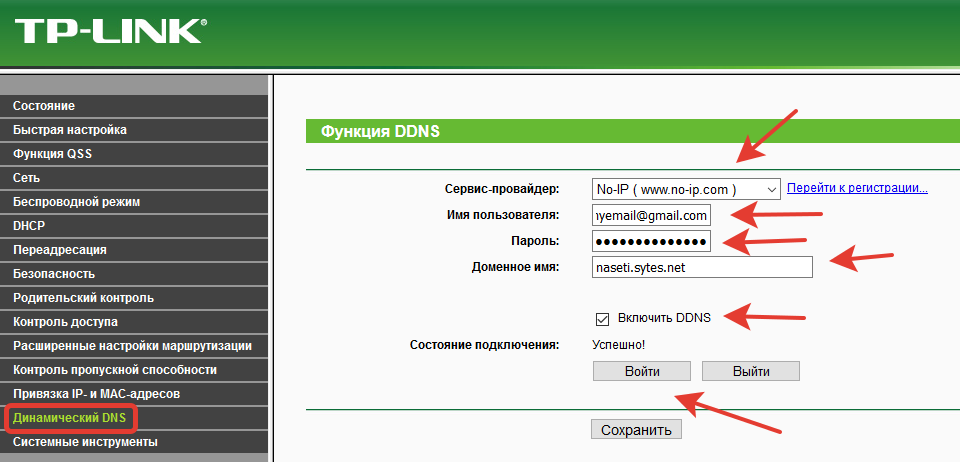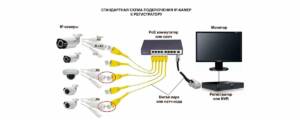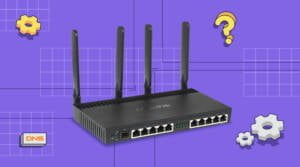DDNS (Dynamic Domain Name System) is a technology that allows you to assign a domain name to your dynamic IP address. This allows users to remotely connect to their home router using an easy-to-remember domain name instead of a long and complex IP address. Setting up DDNS on a router is simple and allows users to easily set up and use their domain name. DDNS is also useful for remotely accessing devices on your network, such as IP cameras, NAS devices, and more. To set up DDNS, you need to register on the DDNS provider’s website and enter your details into the router’s settings. Check your router’s compatibility with the DDNS provider to ensure this feature is available.
Benefits of using DDNS in a router
DDNS (Dynamic Domain Name System) is a technology that allows you to associate a domain name with the IP address of a device. Using DDNS in a router has many advantages.
First, DDNS allows you to remotely manage devices that are behind a NAT router. You can connect to your home router from anywhere in the world using a domain name instead of an IP address.
Secondly, DDNS ensures stable connections to remote devices. If your router's IP address changes (for example, when you reboot your router or reconnect to the Internet), DDNS will automatically update the corresponding entry in the DNS server so you can continue to connect to the device by domain name.
Third, DDNS provides security for remote access to devices. Instead of using an IP address that could be changed or used by attackers to attack your network, you can use a unique domain name, which will be much harder to guess.
Setting up DDNS on a router is a simple process that can be done even by an inexperienced user. There are many free DDNS services that can be used on a router. Some of them provide both free and paid plans that may have additional features such as network activity monitoring and device management.
Using DDNS on your router is a great way to access remote devices and keep your network secure.
Read further:






